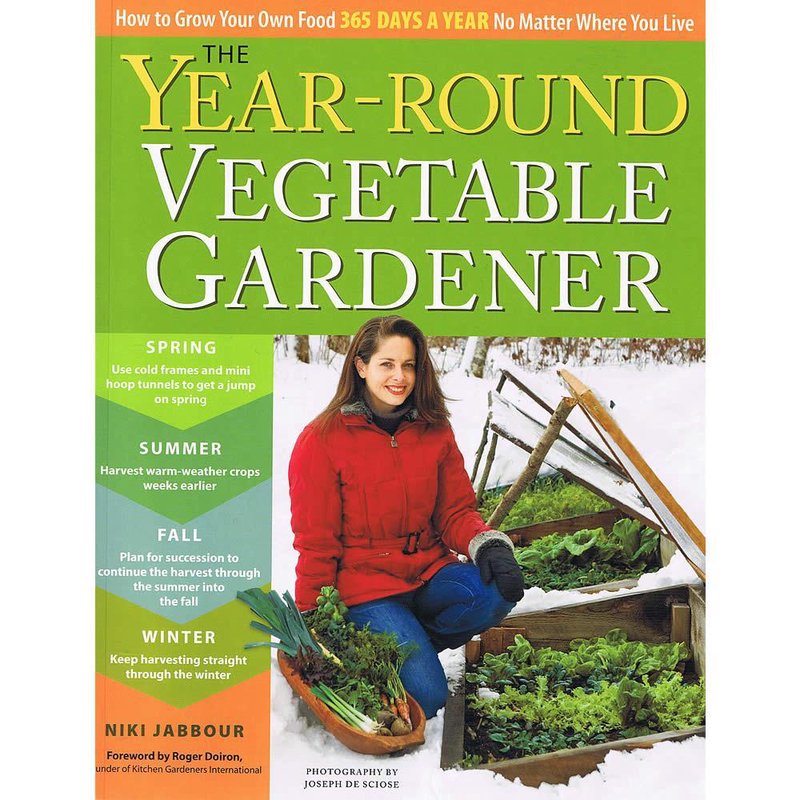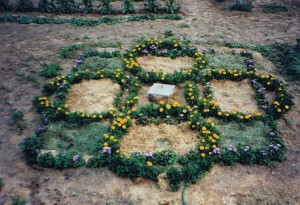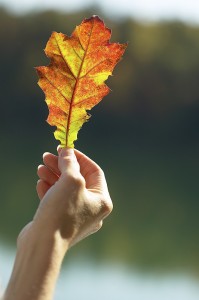
It’s the dead of winter here at Lehman’s in Kidron, Ohio (Zone 6a for you gardeners out there). As I write this, we’ve had two of the coldest weeks of the year with temperatures hovering near zero. And what is long-time Lehman’s employee Kathi doing? “Looking for sun,” she said with a smile. Not to improve her tan, or even warm up cold fingers and toes, but for her garden.
“When I mentally plant my garden, I look outside to see when and where the sun hits. Vegetables need sun to thrive,” she explained. Kathi, a Ohio Master Gardener* with years of practical experience, offered to share advice for First Time Gardeners with Country Life.
 |
 |
Kathi works with Wilcox Stainless Garden Tools, Professional Cooking Twine
and Sisal Binder Twine in her garden.
“As you are thinking about your vegetable garden, think of what you like to eat,” she continued. “We love green beans, for example, so I always know that’s what I should plant. But start small or you will get overwhelmed. If you like tomatoes, plant two the first year, not twenty! It’s a good idea to put in a variety of vegetables, in preparation for a larger garden next year.”
A simple 10 x 10 plot might be all you need. Ideally you could make that choice in the fall, and cut and turn the sod “to avoid a major weed problem,” explained Kathi.
Decide if you want to preserve (canning, freezing, etc., or “putting up,” as my grandmother used to say), or if you want one year of gardening experience first. “If you start small, you’ll still have lots of fresh produce, but you won’t have more than you know what to do with,” she said.
The next stop is to dig or till to loosen the soil. If the soil seems rocky or you run into lots of hard clay, you can add some peat and some manure for fertilizer. “You are looking for loamy soil,” she said knowingly. Loamy? Okay, I had to look it up. Webster.com says: Soil composed of a mixture of sand, clay, silt, and organic matter. In other words, not rock hard, but loose enough to allow moisture drainage.
When you choose your seeds, read the package! It will give very specific instructions on how far apart to plant, even what time of year to plant. Ignore the seed packet at your own peril. “And, this is important,” said Kathi, “at the beginning and end of each row plant sunflower seeds. This will indicate where your rows are, plus they look charming.”
Kathi enjoys planning flowers in her vegetable garden, even though some gardeners like to keep produce and flowers separated. “Marigolds add a dash of color and they keep the critters away,” she explained. The theory is that rabbits and moles don’t like the smell of marigolds. Co-planting (companion planting) is an efficient use of space and nutrients in the garden.
“I like to experiment with the flowers so I don’t repeat the same plant in the same area each year . One year, I plant north to south, and east to west the next year. Flip flop the tomatoes and green beans. Almost everything, including potatoes, can be grown in a container. You don’t need a big plot of land and you don’t have to ruin your flower garden. Plant one tomato plant in your flower bed. You’ll have folks over, and they’ll ooh and awe over all your flowers and then be delighted to see a tomato plant surrounded by posies.”

If you put your garden in the best possible place, and you have lovely, loamy soil, you shouldn’t have to water at all.
“I only water it in the hottest, driest months, and always in the evening,” said Kathi. She shared a little trick with me. As you are watering, put a coffee can under the sprinkler. You know you have watered enough when one inch of water collects in the can.
“We don’t like to use pesticides on our product garden,” said Kathi. “I’ve found that grass clippings make great ground cover and they kill the weeds.”
When the children were small, having a large family garden was an economic necessity, remembers Kathi. “We could barely make our $110 house payment so we had a huge garden. I would grow a whole stew, you know, the potatoes, onions, tomatoes, carrots, cabbage and then just add some ham. We saved a phenomenal amount of money that way. It’s very economical plus it is a healthy way to eat and it really brought our family together.”
Once your harvest comes in, be sure to pick the fruits and vegetables as soon as they are ripe. The quicker you get them off the plants, the more time they’ll have to make new ones.
It wasn’t until after years of gardening that Kathi, her children grown and graduated from college, decided to “do something for myself.” That was enrolling in the local Master Gardening classes. “I developed some lifelong friendships from that class and really enjoy the volunteer opportunities is has provided.
Note: *The Master Gardener Volunteer Program provides intensive training in horticulture to interested gardeners, who then volunteer their time assisting with educational programs and activities through their local county extension office. Master Gardener programs are available throughout the United States. Search your city and “master gardener” to find programs in your area.































